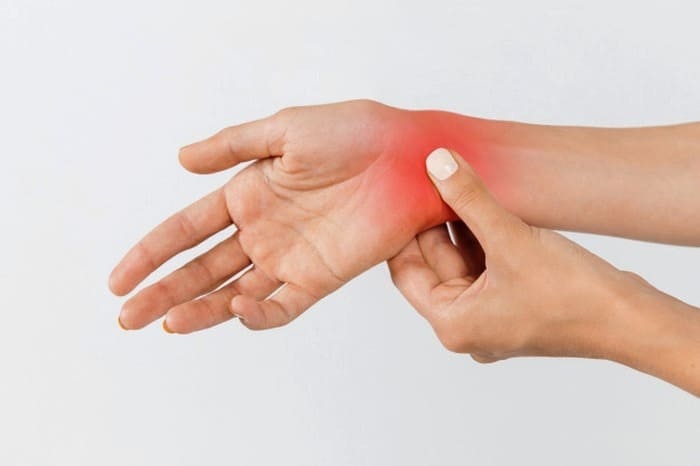In winter, why do we experience more joint pain?
On cold winter days, you may have experienced some joint pain or burning. Many people suffer from joint pain in winter, and you may have also seen people who complain of increased joint pain during the cold months. Osteoarthritis, chronic pain, and injuries are more likely to cause this type of pain.
It is possible to identify the causes of joint pain in winter. Studies have shown that psychological factors and physical activity are crucial. Understanding why moisture and cold cause joint pain more than before requires looking at the overall picture of your body.

Cold and winter cause joint pain
Imagine we want to explain why there is an increase in pain and discomfort. Consequently, being in a warm environment releases more energy and opens up the muscles and arteries of the body, which stimulates metabolism and reduces pain.
Atmospheric pressure changes
You can feel these changes in your bones, tendons, muscles, joints, and body tissues during winter. Consequently, your mood changes during the cold and wet seasons. If you have an old or new wound on your body, these effects may increase your body’s sensitivity.
A study conducted in 2019 concluded that lowering blood pressure, which occurs in winter, can increase pain and discomfort. Osteoporosis patients also experience increased pain due to changes in blood pressure and temperature.
You don’t have the softness of a hot season in your joints
Lubricants soften the joints in the hips, knees, legs, ankles, hands, and shoulders, allowing us to move smoothly. The amount of this liquid changes as the air temperature changes. Due to low temperatures and humidity, muscles and joints become more fragile in winter and more sensitive to pressure.
There are more causes of stress, anxiety, and depression.
Stress puts more pressure on your body. There is an increase in tension, especially in the joints. There is no doubt that winter is the most stressful time of the year. Everyone experiences stress, and the causes can vary. The balance of life in winter is generally lower, especially for people with chronic diseases such as osteoarthritis. It may be rooted in your depression that you suffer physical and mental pain every day, and you feel like you are stuck in an unending struggle.
Joint pain: what to do?
Moving is the only way to get rid of these pains. If you sit, lie down, or stand for a long period of time, your joints will tighten. Initially, movement may be painful and uncomfortable, but this is perfectly normal and will improve over time.
Getting up at once and walking too fast is not what we mean, but doing everything slowly. Slowly bend and straighten the knees and elbows, shoulders, ankles, rotate the wrists, and open and close the arms while doing a few gentle movements.
When your body moves, the discomfort soon heals and returns to normal. Take a hot shower or use a warm blanket to relieve your pain. Joints benefit from regular body warming. You will be able to keep your joints in better shape during the winter if you keep your body active.


